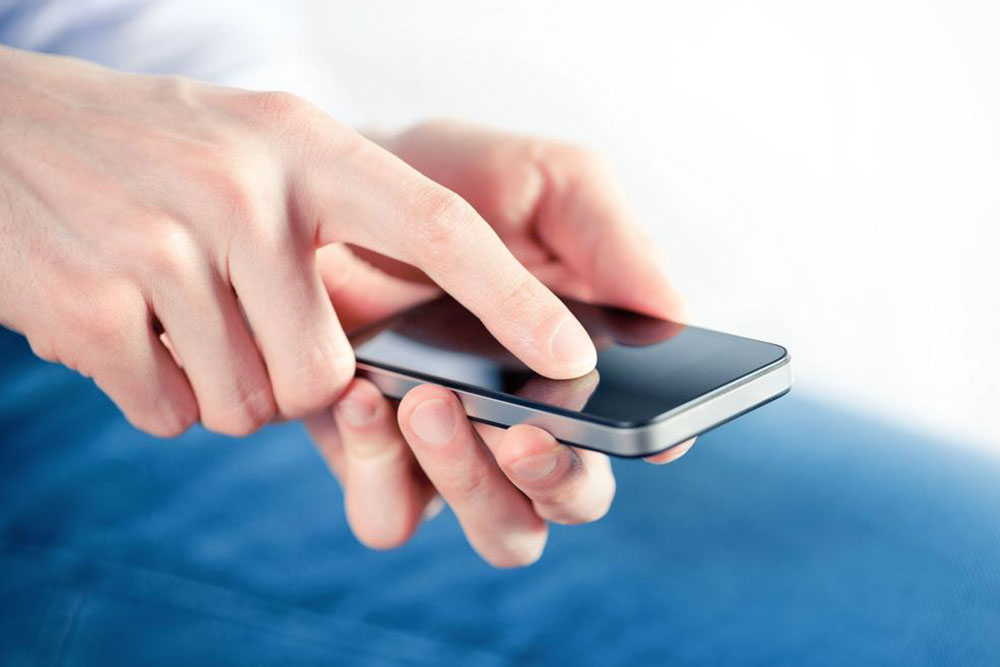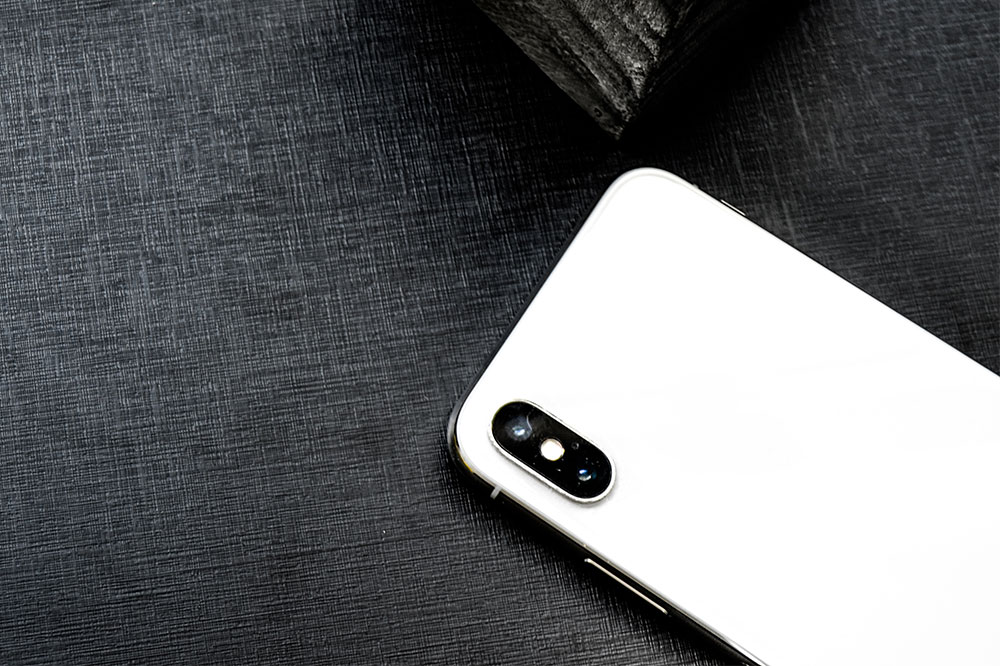The Top Smartphones of 2017: A Comprehensive Guide to the Best Devices
Discover the top smartphones of 2017 that revolutionized mobile technology with cutting-edge features, sleek designs, and powerful performance. This comprehensive guide highlights flagship devices from Apple, Samsung, Google, BlackBerry, and Huawei, helping you understand each model's key innovations and why they stood out in 2017. Whether you prioritize camera quality, security, design, or productivity, find the perfect device that matches your needs with our detailed review of this transformative year's best smartphones.

In today's rapidly evolving technological landscape, smartphones have become an essential part of our daily lives, transforming how we communicate, work, and entertain ourselves. The year 2017 was particularly notable for several flagship smartphones that introduced groundbreaking features, sleek designs, and advanced performance capabilities. Whether you're a tech enthusiast, a professional seeking productivity tools, or simply someone looking for a reliable device, understanding the top smartphones of 2017 can help you make an informed decision.
Smartphone innovation is driven by the desire to enhance user experience through improved cameras, faster processing, longer battery life, and cutting-edge security features. This impact is evident across all major brands, each competing to provide the most impressive devices on the market. Among these, Apple, Samsung, Google, BlackBerry, and Huawei stand out for their pioneering models that set new standards in mobile technology during 2017.
Apple's iPhone 8 and iPhone 8 Plus: Celebrating a Decade of Innovation
As Apple commemorated its 10th anniversary with the release of the iPhone 8 and iPhone 8 Plus, these models introduced a host of advanced features that pushed the boundaries of smartphone technology. The new iPhones featured a glass back design, facilitating wireless charging and a more premium feel. Under the hood, the devices powered by the A11 Bionic Fusion chip delivered unmatched processing speeds, making multitasking and gaming smoother than ever.
The front-facing camera was upgraded for better selfies, and the Touch ID fingerprint scanner was integrated into the front home button, ensuring quick access. The devices also boasted improved water and dust resistance, robust audio quality with stereo speakers, and advanced camera systems that captured stunning images with less noise, especially in low-light conditions. The full-screen, curved design offered a more immersive experience, setting new trends in smartphone aesthetics.
Anticipation surrounded the launch of the new curved, edge-to-edge display, which promised an even more engaging user experience. As one of the most popular phones of 2017, the iPhone 8 and 8 Plus set new standards for premium smartphones, blending innovative hardware with Apple's renowned ecosystem.
Samsung Galaxy S8: Leading with Infinity Display and Cutting-Edge Features
The Samsung Galaxy S8 was celebrated for its elegant and futuristic design, primarily characterized by its stunning infinity display. This nearly bezel-less, curved edge-to-edge screen not only made the device visually striking but also provided an immersive multimedia experience that was unparalleled at the time. The S8’s 5.8-inch display, powered by the Exynos 8895 10nm processor, combined high resolution with energy efficiency, ensuring both vibrant visuals and long battery life.
The camera system on the Galaxy S8 was optimized for versatility, offering an 8-megapixel front camera ideal for selfies and a 12-megapixel rear camera with optical image stabilization for clearer photos. The iris scanner added an extra layer of biometric security, allowing users to unlock their devices swiftly and securely without touching a fingerprint sensor. This, along with facial recognition and Knox security features, made the Galaxy S8 a standout device in terms of security.
Performance was smooth and reliable, supported by 4GB of RAM and ample storage options up to 64GB or even 256GB with microSD support. The device also supported fast charging and wireless charging, enhancing user convenience. Its sleek design, impressive hardware, and innovative features made it a top choice among consumers and critics alike.
BlackBerry KEYone: Merging Legacy with Modern Productivity
The BlackBerry KEYone appealed to users who prioritized productivity and security alongside physical keyboard familiarity. This device combined BlackBerry’s classic physical keyboard with the latest Android software, providing a seamless blend of nostalgia and modern functionality. The keyboard featured smart shortcuts, flick typing, and touch navigation, making typing and multitasking more efficient compared to purely touchscreen devices.
The KEYone was equipped with a 12-megapixel rear camera capable of capturing sharp images, and supported SD cards up to 2TB, offering extensive storage options for data, media, or work files. Its durable build and large display made it suitable for professionals on the go. The device also included enhanced security features typical of BlackBerry’s reputation, ensuring safe communication and data privacy.
Powered by a Snapdragon processor and featuring a large battery, the KEYone supported all-day usage. Its combination of a physical keyboard and high-performance specifications made it uniquely appealing to those looking for a productivity-enhancing device in 2017.
Google Pixel: The Pinnacle of Android Excellence
The Google Pixel line set a benchmark for Android smartphones, especially in terms of camera quality and seamless software experience. Running on Android Nougat 7.0 during 2017, the Pixel offered pure Android with no bloatware, providing faster updates and a cleaner user interface. It was especially praised for its camera capabilities, featuring a 12.3-megapixel rear camera and an 8-megapixel front camera that produced sharp, vibrant images with excellent color accuracy.
The Pixel’s camera software included intelligent features like HDR+, superior low-light performance, and quick autofocus, making it a favorite among photography enthusiasts. Its 5-inch display with a high resolution ensured crisp visuals, whether for browsing, streaming, or gaming. The device was supported by fast charging and high-quality audio options, including a 3.5mm headphone jack, which was increasingly rare at the time.
Google’s emphasis on timely updates and security patches further enhanced the Pixel’s appeal, making it the most reliable Android device of 2017. Its combination of performance, camera excellence, and software purity made it a leader in the Android smartphone market for that year.
Huawei P10 Plus: Style Meets Functionality
The Huawei P10 Plus was recognized for its sleek design and impressive specifications that catered to style-conscious users. It featured a 5.5-inch display with a resolution of 1440x2560 pixels, offering stunning visuals. Powered by a Kirin 960 processor and equipped with 4GB RAM and 64GB storage, the device provided smooth performance for all daily tasks and multimedia consumption.
The P10 Plus excelled in selfie photography, thanks to its dual-lens front camera system, which created high-quality, vibrant selfies. The device also supported fast charging, NFC, and a fingerprint scanner for enhanced security. Its elegant design was complemented by a premium metal body available in various stylish colors, making it a popular choice for users who valued fashion and function.
Overall, the Huawei P10 Plus stood out for combining high-end hardware with a beautiful aesthetic, making it an excellent option in the premium smartphone segment of 2017.
In conclusion, 2017 was a remarkable year for smartphones, with each major manufacturer pushing the envelope in design, hardware, and software innovation. Whether you preferred the sleek and powerful Apple iPhones, the cutting-edge Galaxy S8, the productivity-focused BlackBerry KEYone, the camera-centric Google Pixel, or the stylish Huawei P10 Plus, there was a device suited to every need. As technology continues to evolve rapidly, the features introduced in these flagship models set the stage for future innovations, shaping the smartphones we use today.





